
Scan your food for allergens with smart tech! Stay safe and confident with 2025’s top food safety trends and allergy-aware...


Navigating product labels can be hard. Many foods contain hidden Lupin sensitivity triggers, and ingredient terms aren’t always obvious. Our AI scans and filters food labels across thousands of products to help you make smarter choices.
We look for common Lupin sensitivity indicators, even when they’re not clearly labeled. Our AI uses ingredient scanning to catch hidden risks.

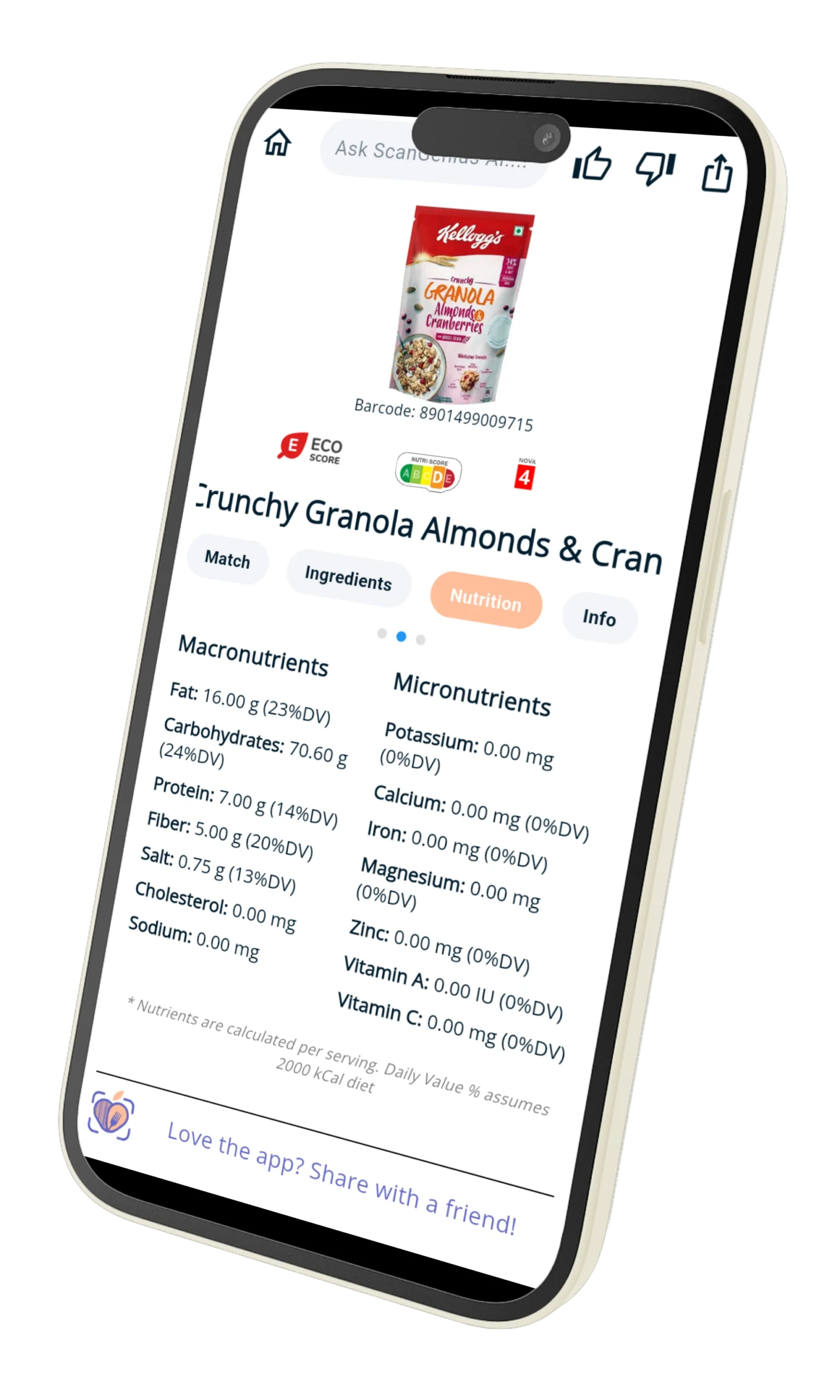
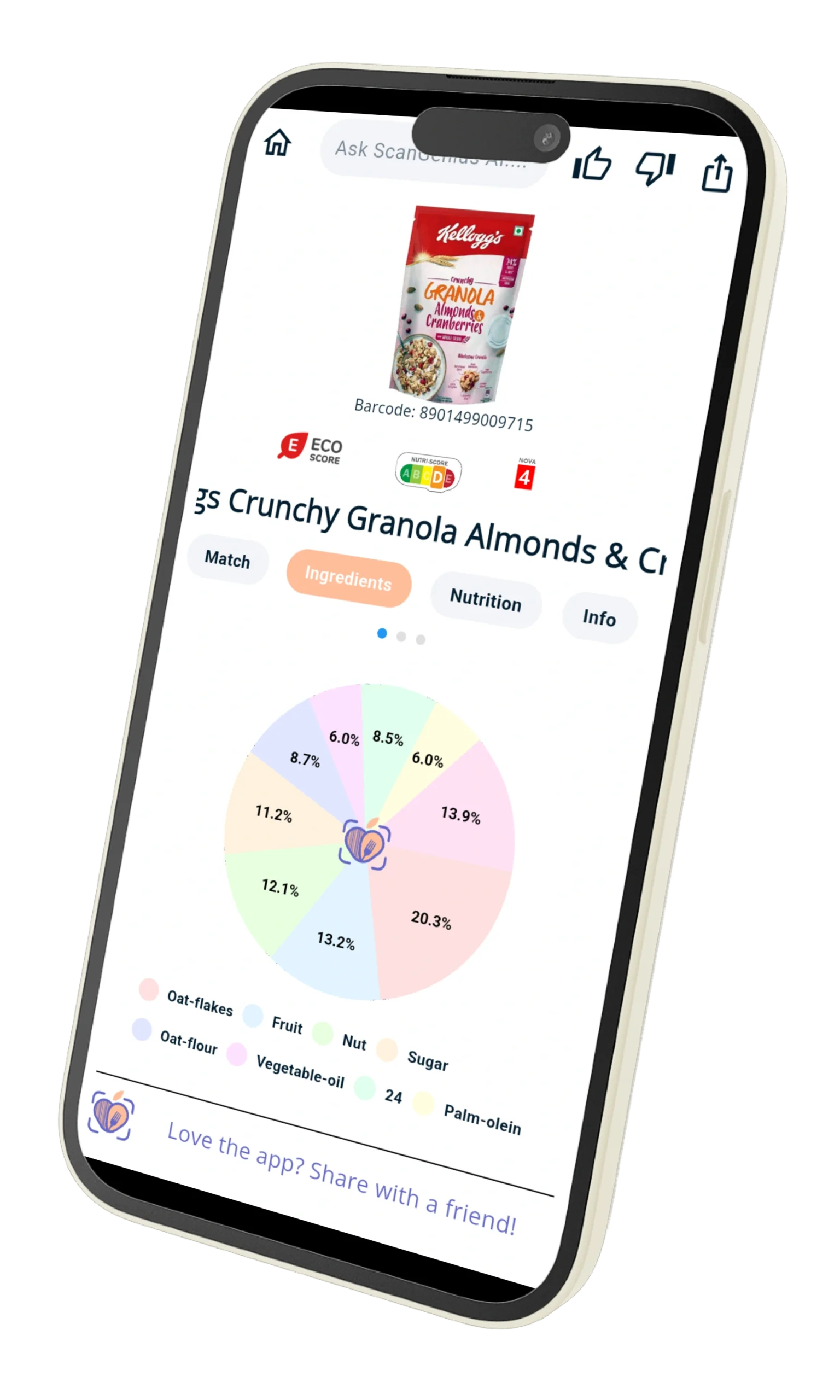

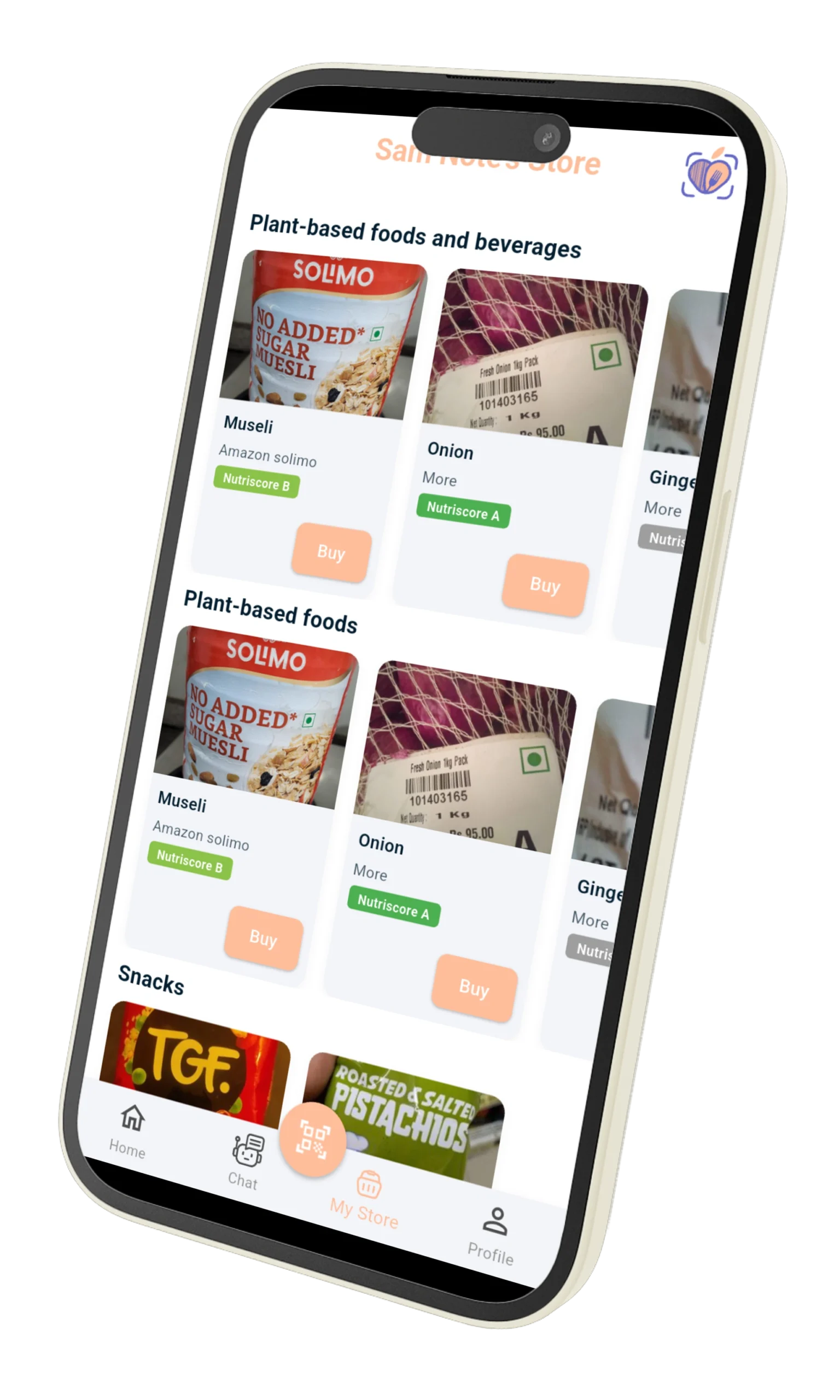



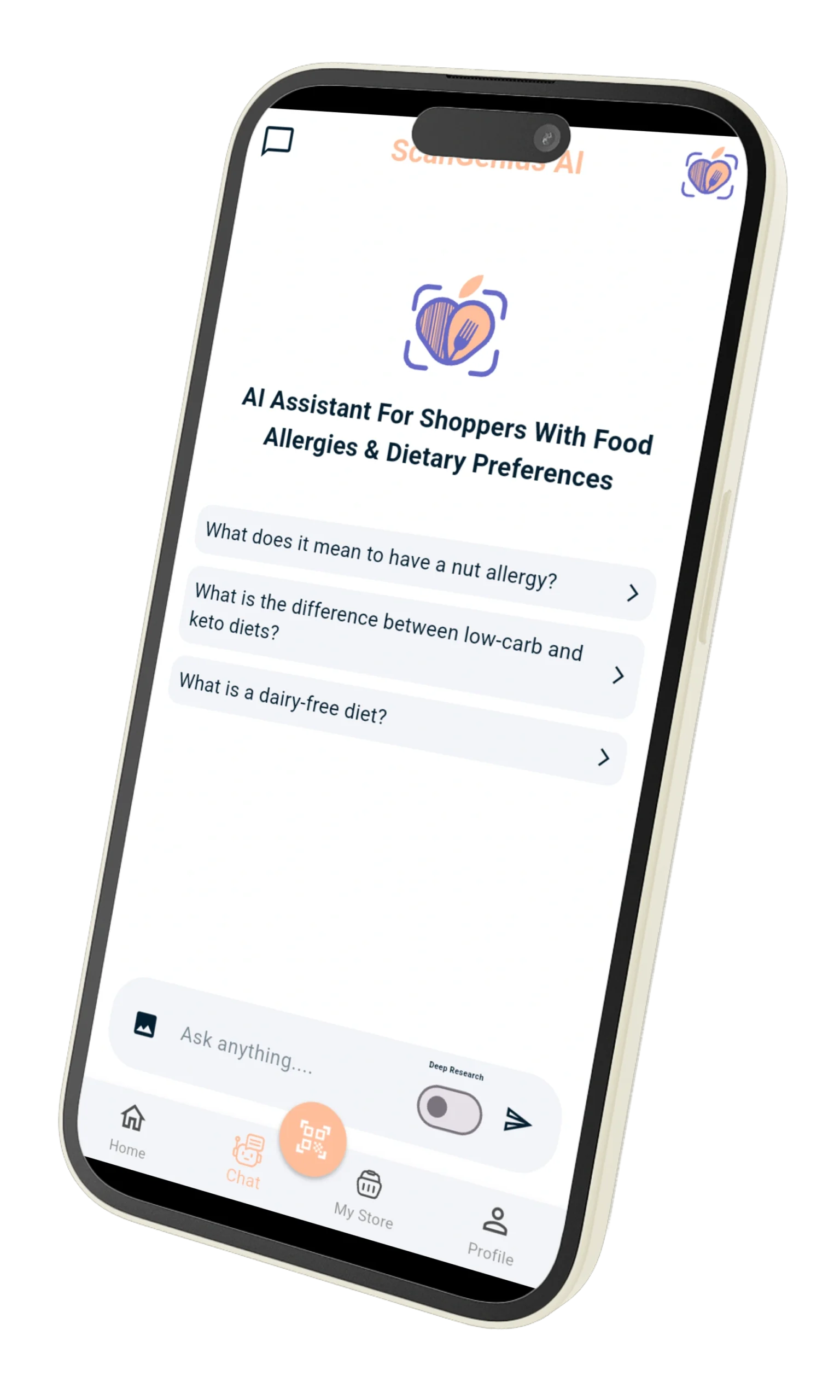
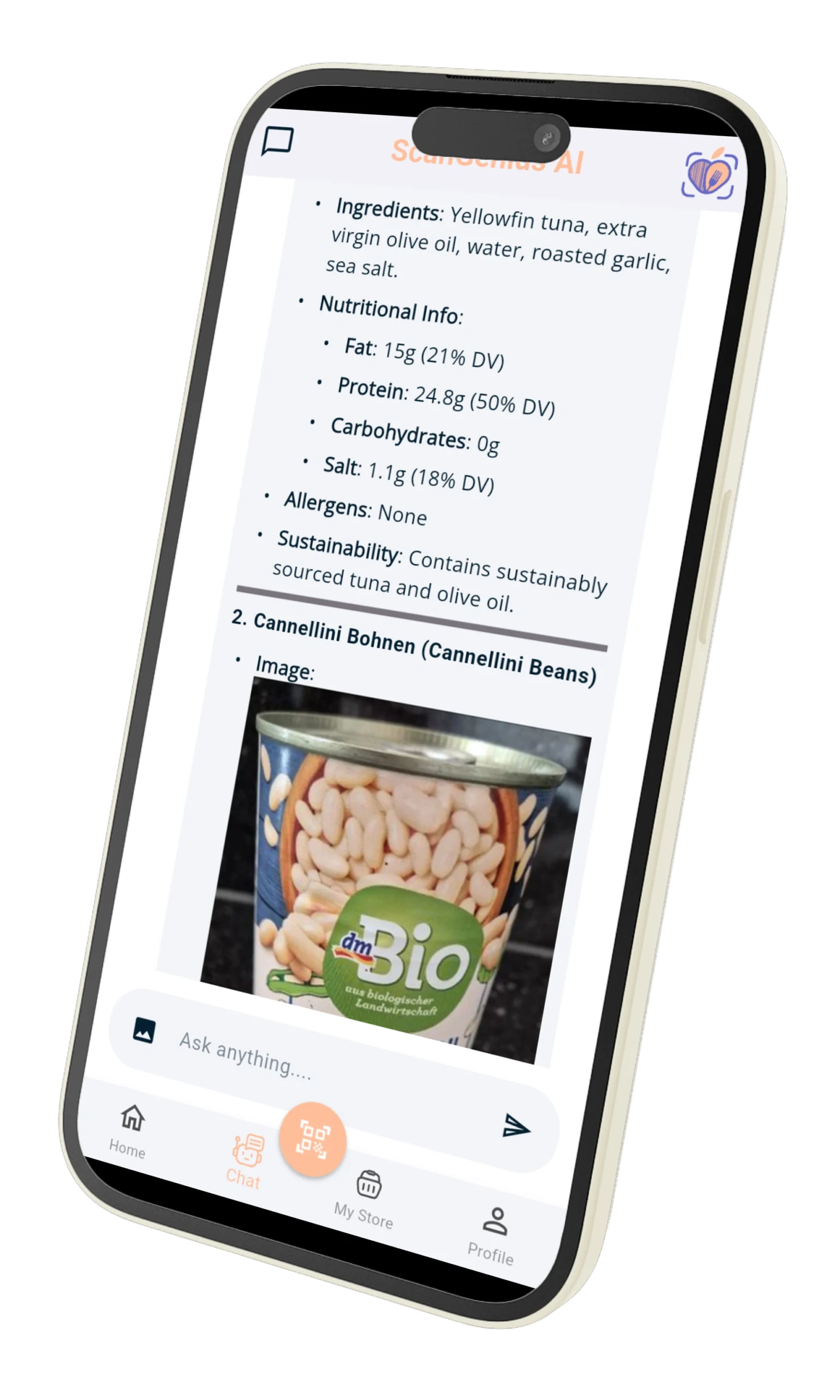

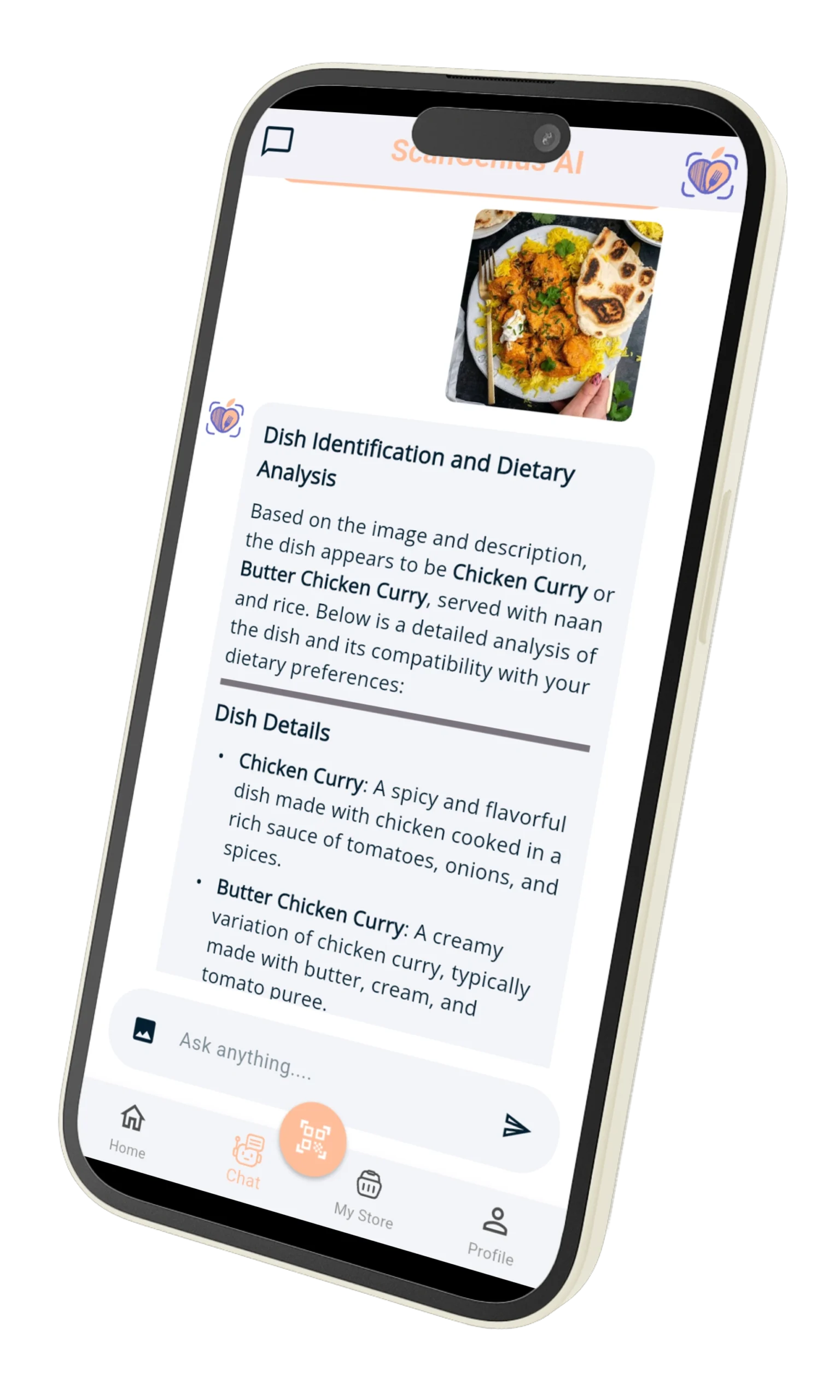

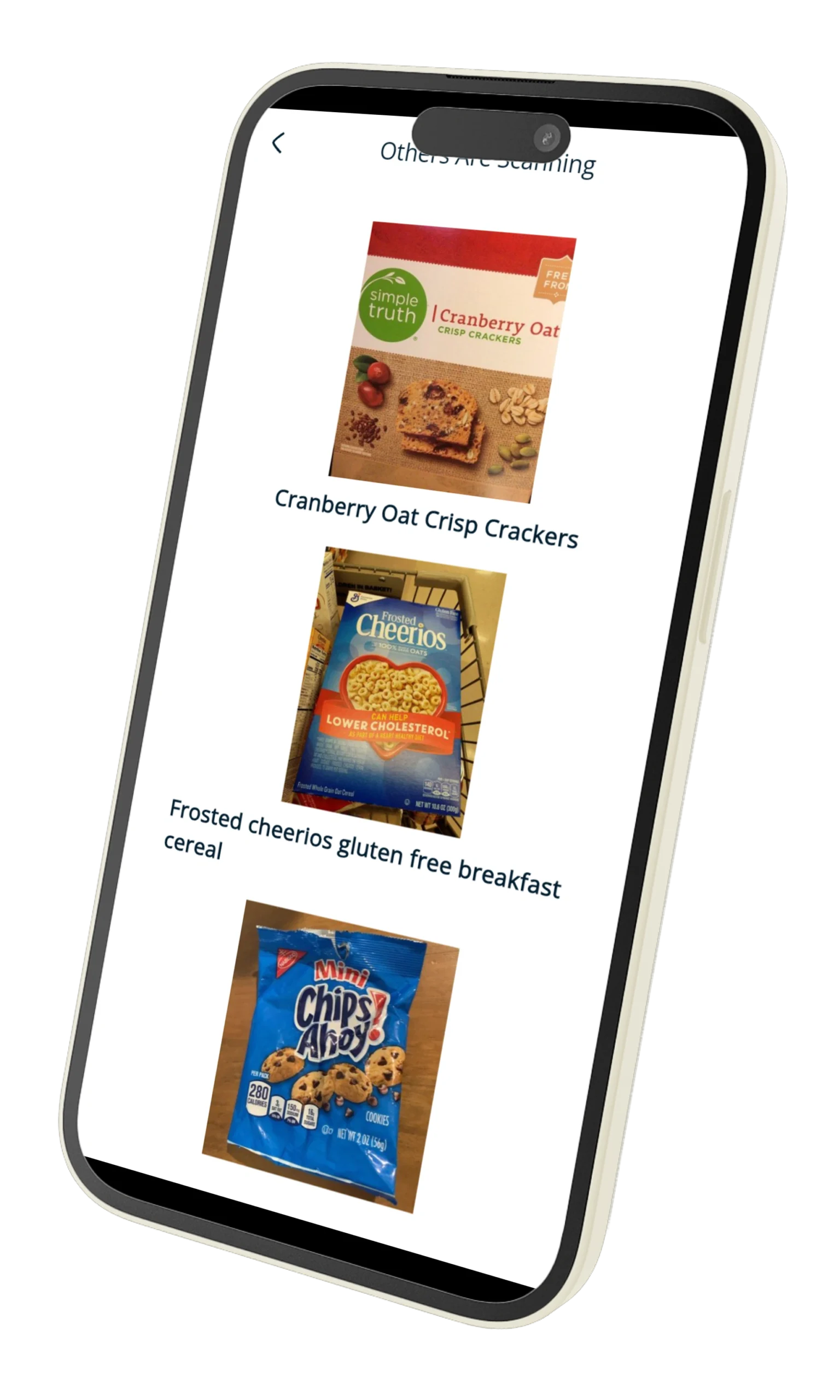
Lupin (or lupine) is a legume increasingly used in gluten-free flours, baked goods, and plant-based protein products. While it is a nutritious ingredient, lupin sensitivity is a growing concern. For those affected, even small amounts can trigger digestive discomfort, skin reactions, or in severe cases, an allergic reaction. This guide explains what lupin sensitivity is, symptoms to watch for, hidden sources of lupin, safe alternatives, and how Food Scan Genius AI helps you manage it with confidence.
Lupin sensitivity occurs when the body reacts negatively to proteins found in the lupin bean, a legume related to peanuts, soybeans, and chickpeas. Reactions may range from mild intolerance symptoms to full allergic responses involving the immune system.
Lupin has become more common in Western diets because it is gluten-free, high in protein, and low in carbohydrates. However, this growing usage also increases the likelihood of exposure for sensitive individuals.
Symptoms can appear within minutes to hours of consuming lupin-containing foods. Common reactions include:
The main trigger is lupin proteins, which can confuse the immune system in sensitive individuals. Lupin belongs to the legume family, which means people with peanut or soy allergies may have higher risk of reacting due to cross-reactivity.
Key risk factors include:
Lupin is often hidden in foods marketed as gluten-free or high-protein. Common sources include:
Important: In Europe, food labeling laws require lupin to be listed as an allergen. In some other countries, it may not be clearly labeled, increasing the risk of accidental exposure.
Even small traces of lupin can cause reactions for highly sensitive individuals. Be cautious of:
People with lupin sensitivity can safely replace it with other gluten-free, protein-rich options:
If you suspect lupin sensitivity, consult an allergist. Common diagnostic methods include:
Steps for daily management include:
Lupin allergy and sensitivity are being reported more frequently in children as gluten-free products grow in popularity. Parents should:
Lupin is rich in protein, fiber, and minerals. Without it, you should replace those nutrients with alternatives:
Practical lifestyle adjustments make managing lupin sensitivity easier:
Food Scan Genius is an AI-powered platform designed to simplify allergen management. For lupin sensitivity, it offers:
Yes. Both belong to the legume family, and studies show cross-reactivity between peanut and lupin allergies.
Yes. “Lupin” and “lupine” refer to the same legume commonly ground into flour or used in protein products.
Yes, if you are not allergic or sensitive to lupin. In fact, lupin flour is often marketed as a gluten-free alternative. But those with lupin sensitivity must avoid it completely.
Yes. While rare, severe lupin allergy can lead to life-threatening reactions. Always seek emergency care if symptoms escalate.
Lupin sensitivity is a growing concern as the use of lupin flour and protein spreads globally. Identifying symptoms early, learning which foods contain lupin, and using safe alternatives are essential steps for living well. With Food Scan Genius AI, you can scan products, detect hidden lupin ingredients, and get personalized food recommendations to make your diet safer and stress-free. With the right tools, knowledge, and planning, managing lupin sensitivity becomes easier than ever.

Scan your food for allergens with smart tech! Stay safe and confident with 2025’s top food safety trends and allergy-aware...
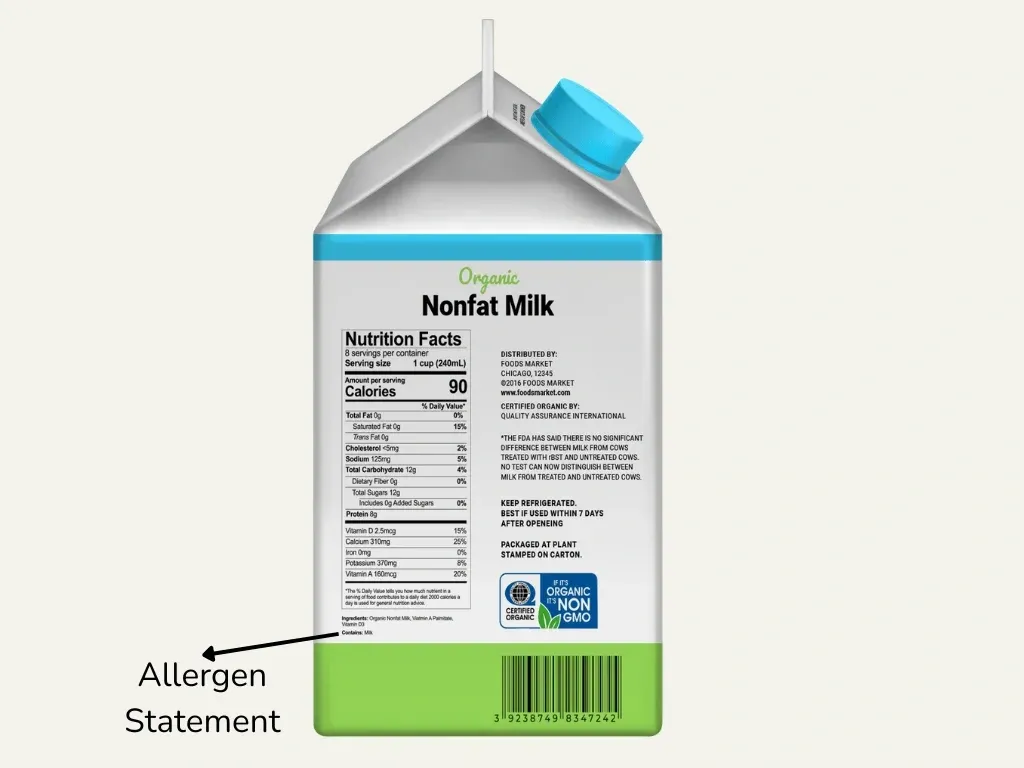
How to Spot Hidden Food Allergens: A Life-Saving Label Guide Did you know that just eight common food allergens cause...

Discover if TikTok’s viral high-protein vegan meals are worth the hype! See our taste test and recipe reviews for delicious,...
Make confident food choices with every scan! Food Scan Genius instantly analyzes allergens, nutrition, and ingredients, helping you decide if a product fits your dietary needs. One quick scan is all it takes for peace of mind.”


"Food Scan Genius has truly transformed my grocery trips. With dietary restrictions, finding suitable foods used to be a hassle, but now I feel confident and informed with each scan. It's such a relief to know exactly what I'm buying. Highly recommend for anyone with food sensitivities!"

"Food Scan Genius has revolutionized the way I navigate the grocery store. With just a simple scan, I can determine if a product fits my dietary needs. The app's personalized profiles have made it easy to manage my family's different dietary restrictions. Thank you, Food Scan Genius!"

"Food Scan Genius has been a game-changer for me. As someone with multiple food allergies, it was always a struggle to find safe options. This app has made grocery shopping and dining out so much easier and stress-free. I can't imagine life without it!"
"You know, dealing with food allergies and dietary restrictions is no walk in the park. Trying to figure out what's safe to eat can be such a hassle, especially when ingredient lists and labels seem like they're written in another language. I just want to make sure I'm not risking my health with every bite. That's why I’m so glad I found Food Scan Genius. It makes everything so much easier by scanning and analyzing labels for me. Now, I can shop with confidence knowing I'm making safe and informed choices."
FoodScanGenius is a powerful and user-friendly app that allows you to scan barcodes and obtain detailed information about food ingredients. It helps you make informed choices by providing comprehensive data about allergens, dietary restrictions, and nutritional content.
Food Scan Genius is available for both iOS and Android devices. You can download the app for free from the App Store or Google Play Store. Download Food Scan Genius today and experience the freedom of effortless and safe food selection. Take control of your diet and embrace a healthier, allergen-conscious lifestyle with Food Scan Genius.
While the app offers a range of free features, including the barcode scanner and allergen database, there is also a premium version available that unlocks additional features, such as unlimited scans, personalized recommendations, and exclusive discounts.
We take data security and privacy seriously. FoodScanGenius follows industry best practices to safeguard your personal information. For more details, please refer to our privacy policy.
If you have any additional questions, feedback, or need assistance, please don't hesitate to reach out to our support team at 'bv@scangeni-us.preview-domain.com'. We're here to help!

Get instant food insights tailored to your needs! Scan any product, check if it fits your dietary needs, and make confident, informed choices effortlessly.
Food Scan Genius is an offering from ScanGeni Ventures Pvt Ltd, an ‘AI first’ company driving value for the next generation of consumers. Get in touch with us to learn more:
© 2025 All rights reserved by ScanGeni Ventures Private Limited